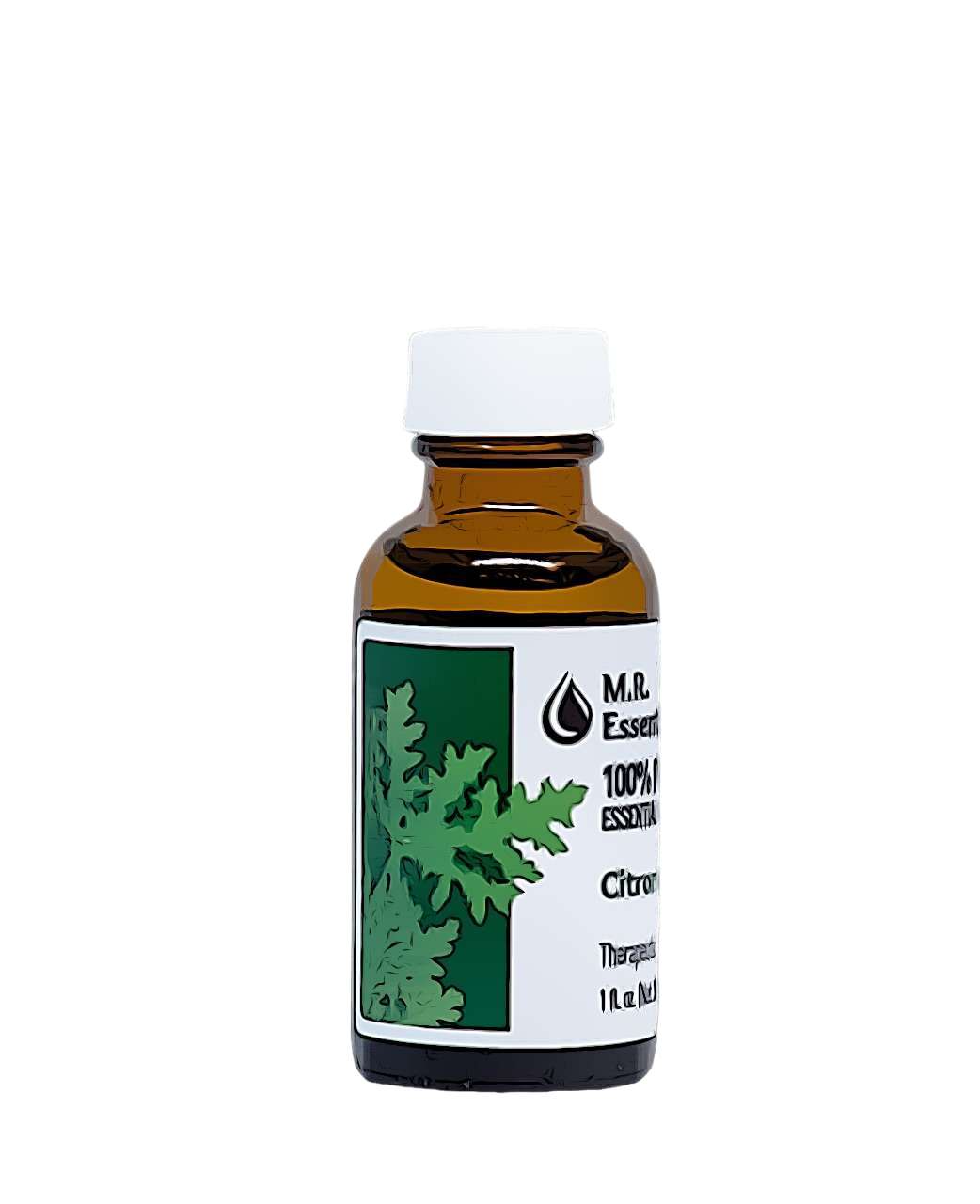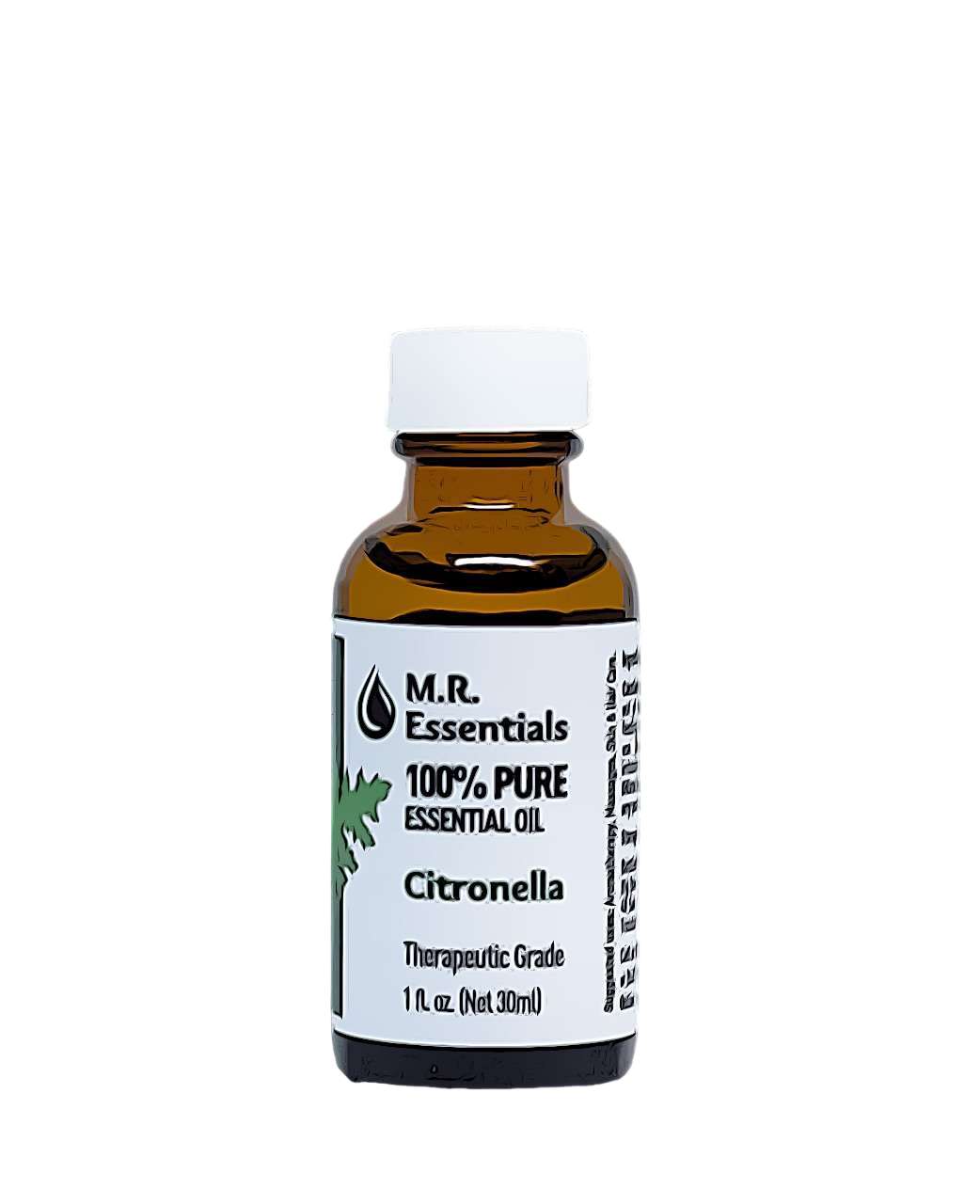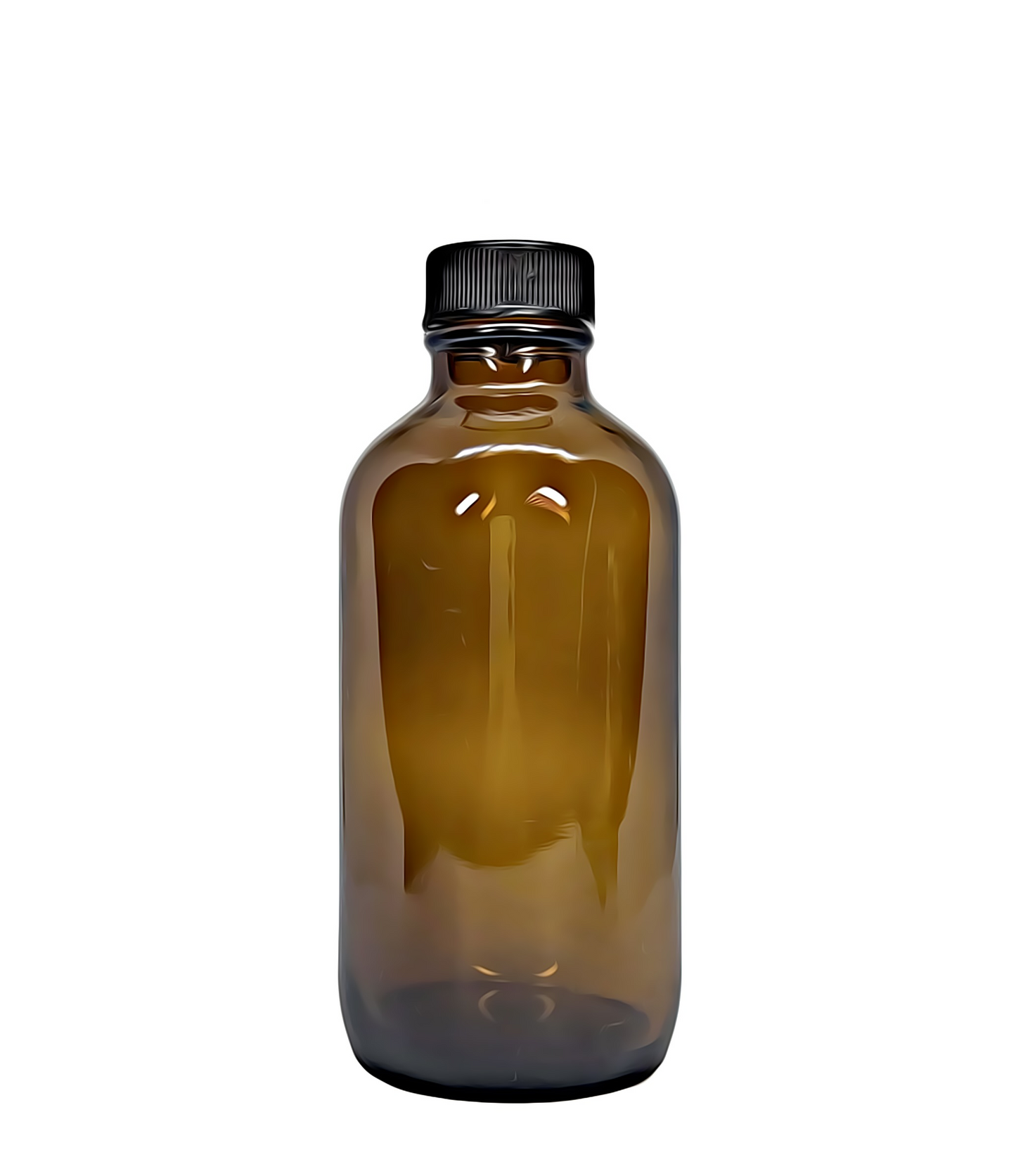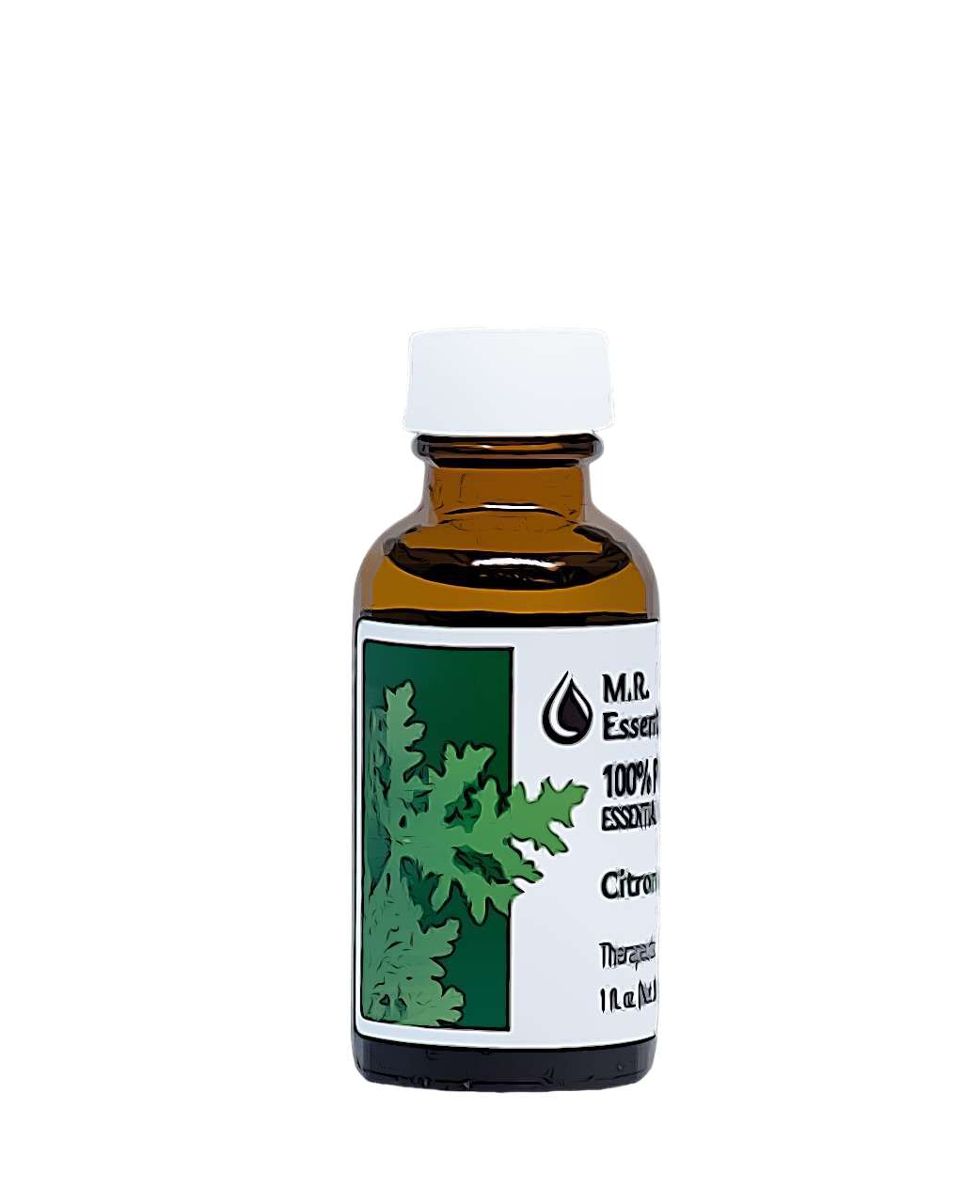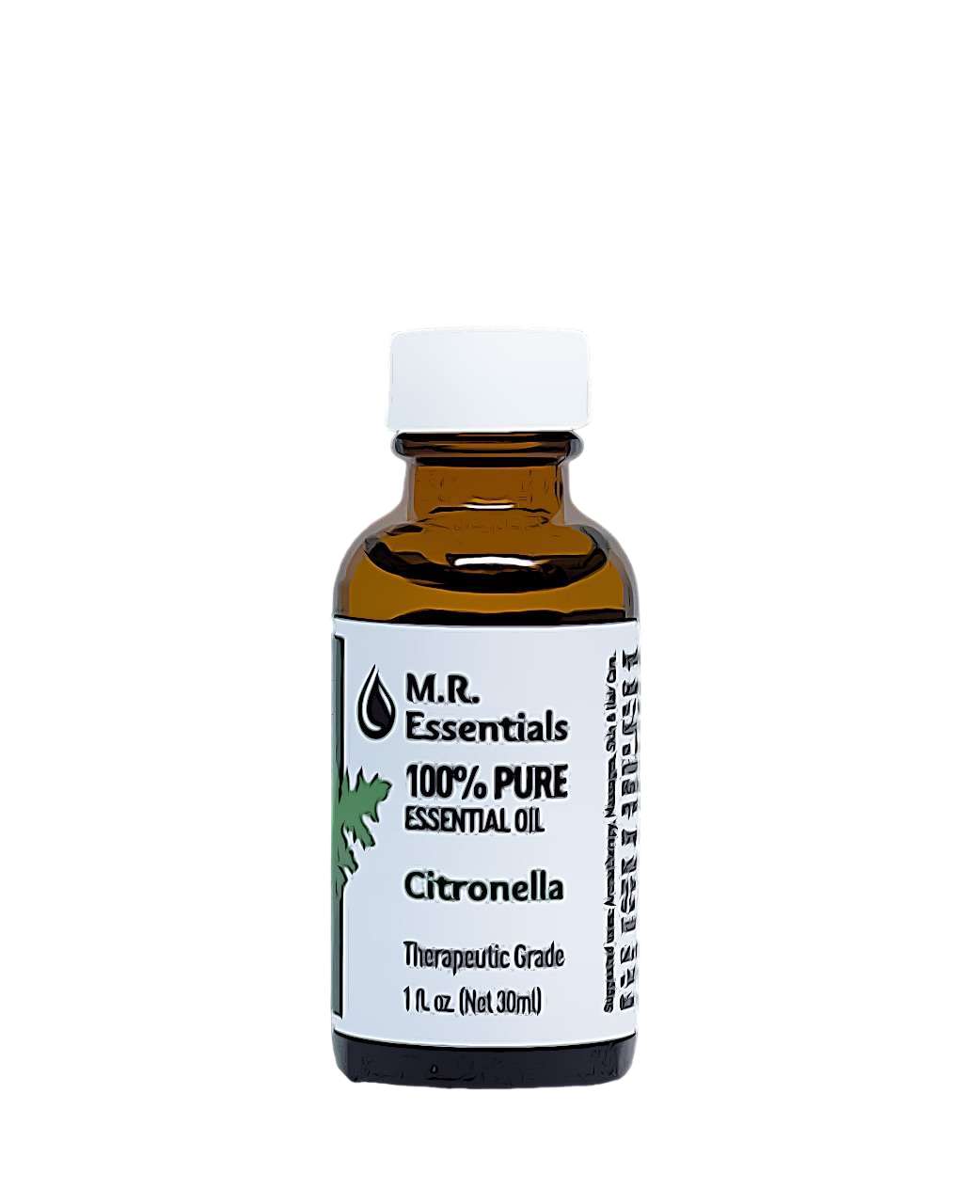MR Essentials
Citronella Essential Oil (Cymbopogon nardus)
Citronella Essential Oil (Cymbopogon nardus)
Couldn't load pickup availability
*The statements below have not been evaluated by the Food and Drug Administration. This product is not intended to diagnose, treat, cure, or prevent any disease.
Share
Product Details
Product Details
Method of Extraction: Steam Distillation.
Plant Part Used: Grass.
Color: Clear.
Consistency: Thin.
Aromatic Description
Aromatic Description
Perfumery Note: Top.
Strength of Initial Aroma: Medium.
Aromatic Description: Citrusy, slightly fruity, fresh and sweet.
Suggested Uses
Suggested Uses
• Muscular Aches.
• Infectious Skin Conditions.
• Fevers.
• Heat Rash.
• Excessive Perspiration.
• Fungal Infections.
• Fatigue.
• Insect Bites.
• Arthritic + Muscular Pain.
• Neuralgia.
• Nervous Exhaustion.
• Colds/Flu.
• Minor Infections.
• Insect Repellent.
• Oily Skin.
Source: Valerie Ann Worwood, The Complete Book of Essential Oils and Aromatherapy, 25th Anniversary Edition (Novato, CA: New World Library, 2016, 581.
Source: Salvatore Battaglia, The Complete Guide to Aromatherapy (Australia: The Perfect Potion, 2003), 187.
Dilution Guideline
Dilution Guideline
Adults: Usually, a 2-3% dilution is suitable, about 12-18 drops of essential oil per ounce of carrier oil.
Children (5-10), Frail Elderly, Sensitive Skin: A lower dilution of 1% or less (6 drops per ounce).
Facial or Sensitive Areas: Use a 0.5-1% dilution (3-6 drops per ounce).
Acute or Short-Term Use: For resolving a specific issue, a marginally higher dilution can be used for a period of 2-3 weeks as necessary.
Major Constituents
Major Constituents
Citronellal. Geraniol. (-)-Citronellol. (-)-Limonene. (E)-Methyl Isoeugenol. Champhene. Citronellyl acetate.
Source: R.O.B. Wijesekera, The Chemical Composition and Analysis of Citronella Oil. (J. Natl. Sci. Council (Sri Lanka) 1, 1973), 67-81. K. Bruns, E. Heinrich, I. Pagel. Citronellaol: Untersuchung von Handels- und Hybridolen Verschiedener Provinienz. (In: Kubeczka, Vorkommen und Analytic atherischer Ole, Band 2. Thieme Verlag, Stuttgart). J.T. Carlin, S. Kramer, C.T. Ho. Comparison of Commercial Citronella Oils from Various Origins. In: B.M. Lawrence, B.D. Mookerjee, B.J. Willis, Flavor and Frances: a World Perspective (Amsterdam: Elsevier Science, 1988), 495-504. B.M. Lawrence, Essential Oils 1981-1987 (Wheaton: Allured Publishing, 1989), 31. L. Zhu, Y. Li, B. Li, et al. Aromatic Plants and Essential Constituents. (South China Institute of Botany, HK, 1993). Sources cited in Robert Tisserand and Rodney Young, Essential Oil Safety (Second Edition. United Kingdom: Churchill Livingstone Elsevier, 2014), 251.
Safety Information
Safety Information
Tisserand and Young indicate that there is a risk of drug interaction when using Citronella Oil. They recommend a dermal maximum of 18.2%.
Reading Tisserand and Young's full profile is recommended. [Robert Tisserand and Rodney Young, Essential Oil Safety (Second Edition. United Kingdom: Churchill Livingstone Elsevier, 2014), 251.]
